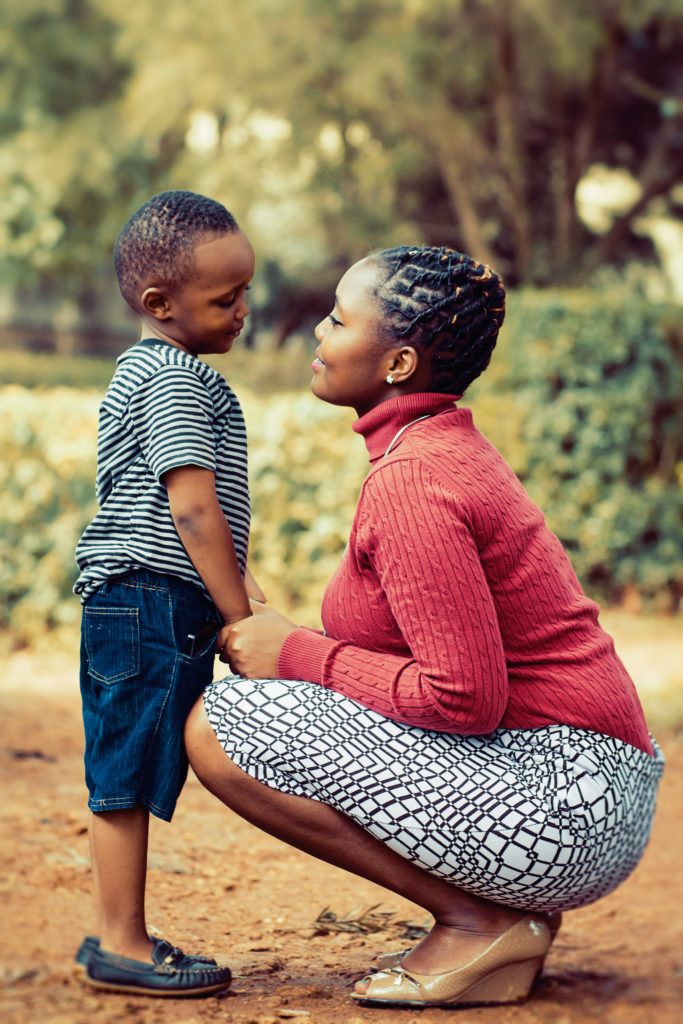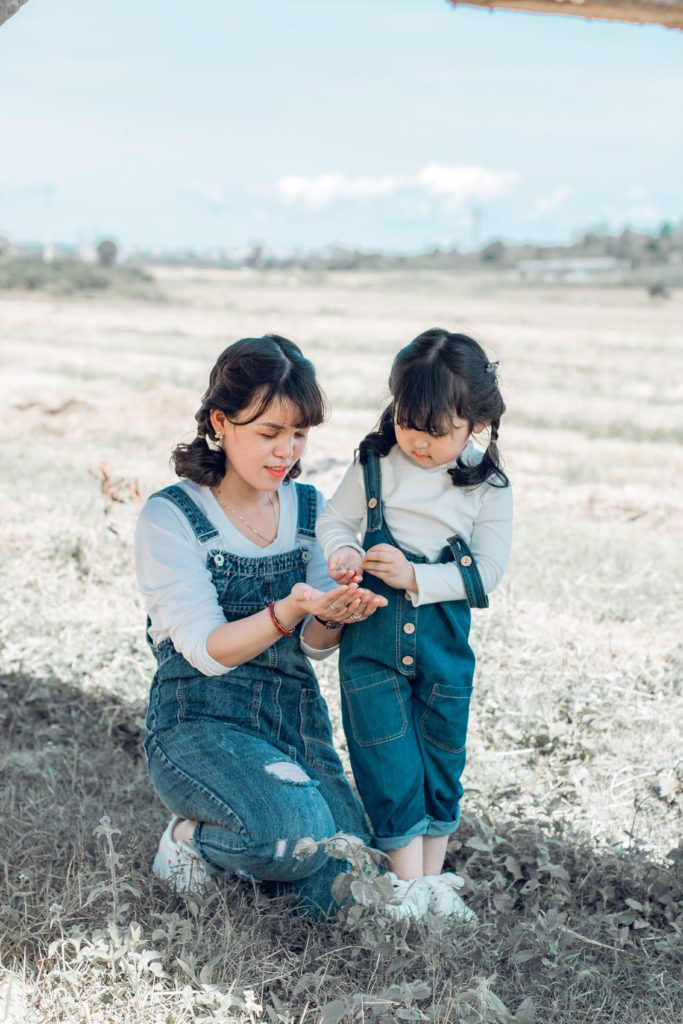Strong language and communication skills are a critical component of your child’s education, and it’s never too early to help your child develop those skills.
It’s important to know that language is much more than what your child is saying. It’s also about what your child understands, your child’s conversational skills, and your child’s ability to understand nonverbal pieces of communication.
Pay attention to these common language deficits:
- Syntax: This is about how your child puts words together in sentences. “Him is walking,” “Baby sad,” “Me want crackers.”
- Following directions: Does your child understand and follow directions easily?
- Pragmatics: This is about conversational skills. Can your child speak about her needs? Does he ask for help? Does she take turns in conversation? Can he stay on topic? Does she use appropriate eye contact?
- Phonology: This refers to the sounds your child makes. A child with a language deficit might leave a syllable out of a word (nana for banana), leave off the ending sound of a word, use a short sound for a long one (tun for sun), or drop a sound when two are together (top for stop)
Learn more about correct speech milestones and warning signs in this blog post: How to Gauge Your Child’s Speech and Language Development
How You Can Help Your Child’s Language Development
Whether your child is having trouble with language or not, there’s plenty for you to do to help your child improve language development. Much of it can be done while you go about your day!
Sing Songs
Singing songs at any age helps with language development. Why? It increases auditory discrimination, helping your child to pay attention to different sounds. Songs often rhyme, which not only increases auditory discrimination, but also builds pre-literacy skills. The repetition also helps your child to learn new words — and remember them.
Play “Simon Says”
The game of Simon Says encourages your child to pay close attention to your words, while also following directions. When you switch it up and let your child be “Simon,” your child gets practice in putting directions together.
Tell Riddles
Tell simple riddles throughout the day. For example, “I’m thinking of something that lives outside, grows tall, stays in one place, and has leaves.” Your child might guess bush or tree, and in the process she’s connecting verbal clues to what she knows. She’s building context and increasing her language abilities.
Play with Puzzles Together
While playing with a puzzle, give your child directions. “Find the piece with the pig snout.” This helps your child connect what he is hearing with a visual piece.
Give directions that include “before” and “after” to help your child learn to follow auditory sequencing. “Before you put pieces together, turn all the pieces over to the right side.”
You can also encourage your child to ask for help if she is struggling. And the pictures on the puzzle give you both plenty of opportunity to use descriptive language. “The yellow giraffe has a long neck.” “The baby looks happy because she is smiling.”
Color Together
While you color, identify categories in the picture. “I’m going to color all the butterflies blue. What color will you choose for the butterflies?”
Build vocabulary by describing, and asking your child to describe, the pictures and colors.
Tell Familiar Stories
Find a story you won’t mind telling again and again, and tell it to your child while you’re in the car, doing the dishes, taking a walk, etc. Once your child knows the story, ask him to tell it to you.
If this is too tall an order, help him tell the story by pausing at key parts and asking him to fill in what comes next. For example, you could tell The Three Little Pigs. When the wolf comes to the door, you can pause and ask your child, “What did the wolf say?” Praise your child when he tells you the phrase.
Talk About “Go-Togethers”
What goes with a shoe? (Shoelace, sock) What goes with a toothbrush? (Toothpaste) What goes with milk? (Cookie, cereal)
Ask these questions throughout the day to give your child the chance to verbalize connections.
Categorize
Verbally group items together by asking your child to tell you all the animals, colors, toys, balls, etc. she can think of.
Sing the Alphabet
Sing the alphabet together. Watch YouTube videos of the alphabet, and encourage your child to sing along.
Identify Body Parts
Point to a body part and ask your child to identify it. (elbow, knee, leg) When getting dressed, ask your child to tell you what body part he will put into an item of clothing. For example, “What body part goes in your sleeves?
Use Fanciful Words
Expand your child’s vocabulary by using fanciful, descriptive words when you can. For example, the sky isn’t cloudy. It’s full of puffy marshmallows. The cookie isn’t good. It’s sweet, scrumptious, and tastes like happiness.
Children are naturally imaginative. Your child may already use fanciful words, so follow her lead. If she doesn’t use fanciful words on her own, it won’t take long for her to follow you.
Use Descriptive Words
Don’t be afraid to use big, descriptive vocabulary. Your child learns language by listening to you, so go ahead and use your big words! “It rained so much that the grass is saturated.” “I’m going to pull out the condiments for our sandwiches.” “That painting is a masterpiece.” “This book is nonfiction.”
Your child may understand the meaning of the word from the context of your sentence, or they may ask you what you mean. Either way, your child is going to be exposed to a rich vocabulary, giving him much more to draw from when expressing himself.
Talk, Talk, Talk
Just keep the conversation going. Talk about what you see, what you’re doing, what you wish, events or holidays coming up, your child’s school, your pet, favorite colors, anything. Talk a lot, always giving time and space for your child to respond. Listen to what your child has to say, and treat their thoughts as valuable. They are!
At UDA Creative Arts Preschool, we understand the importance of catching language challenges early. That’s why we bring in a speech therapist each year to evaluate each child — at no cost to our families. Our curriculum also includes teaching children correct speech sounds in fun and interactive ways, as well as providing ample opportunity for children to express themselves in a variety of ways.
Give us a call at (801) 523-5930 to schedule a tour and see the preschool in action.


